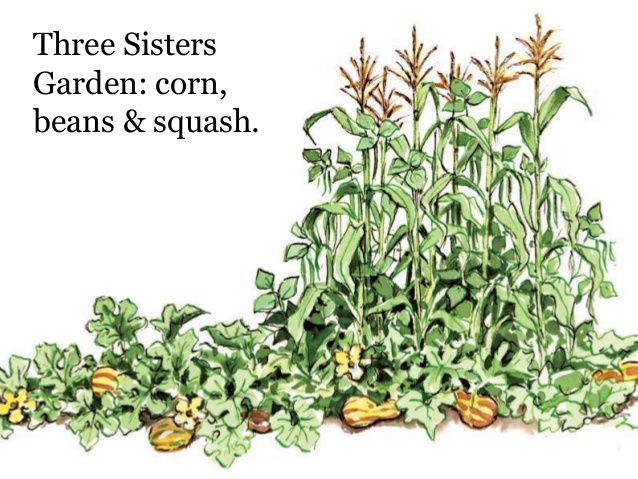Ground Gardens
A ground garden is the most traditional form. If you plan to grow plants directly in the ground, check on a few things.
Soil in your area can be tested for pH and high-level toxins such as lead. This will tell you the nutrient content of your space and what's likely to grow well naturally. It usually costs $20.
Vegetables need light because they eat it. Don't plant them in the shade.
You want your garden irrigated and nourished by water, not drowned in it. Pick spots that drain well. Also, if you are growing vegetables and you feel like it, build up dirt in mound-like rows with footpaths between them. This helps control water flow and gives you easier access to crops.
Traditional ground gardens are often separated from other spaces by chicken wire or similar types of low barrier. This prevents theft by bunny. If there are always deer in your area, build an eight foot fence or find an old tennis court and a jackhammer.
What if a bunny jumped from the back of a jumping deer, though?
plant pAiring
Some plants benefit from close contact with others.

Conditioning
In Virginia, we have a lot of marine clay. Dense and thick like Monday morning, its just under the soil level and can slow up roots for a while. If your substrate is stubborn, mixing in some type of organic compost (such as simple leaf compost) can help to break up and condition the medium for optimal root habitat.